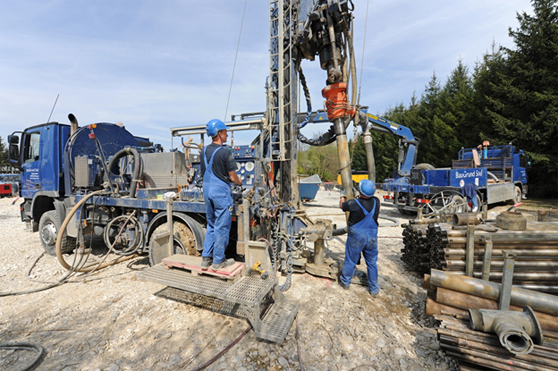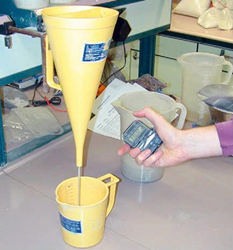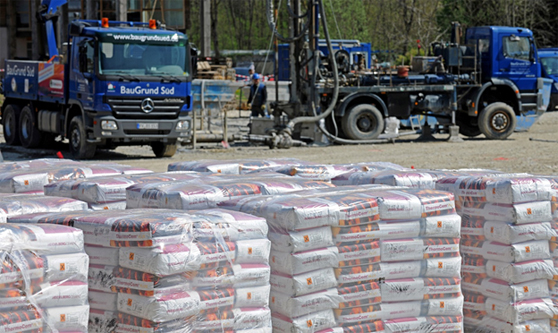The material used for the filling of the ground-water heat pump borehole significantly affects its performance, lifespan, and installation work. Therefore, it is essential to give adequate attention to its selection and monitor a number of indicators during this process.
















